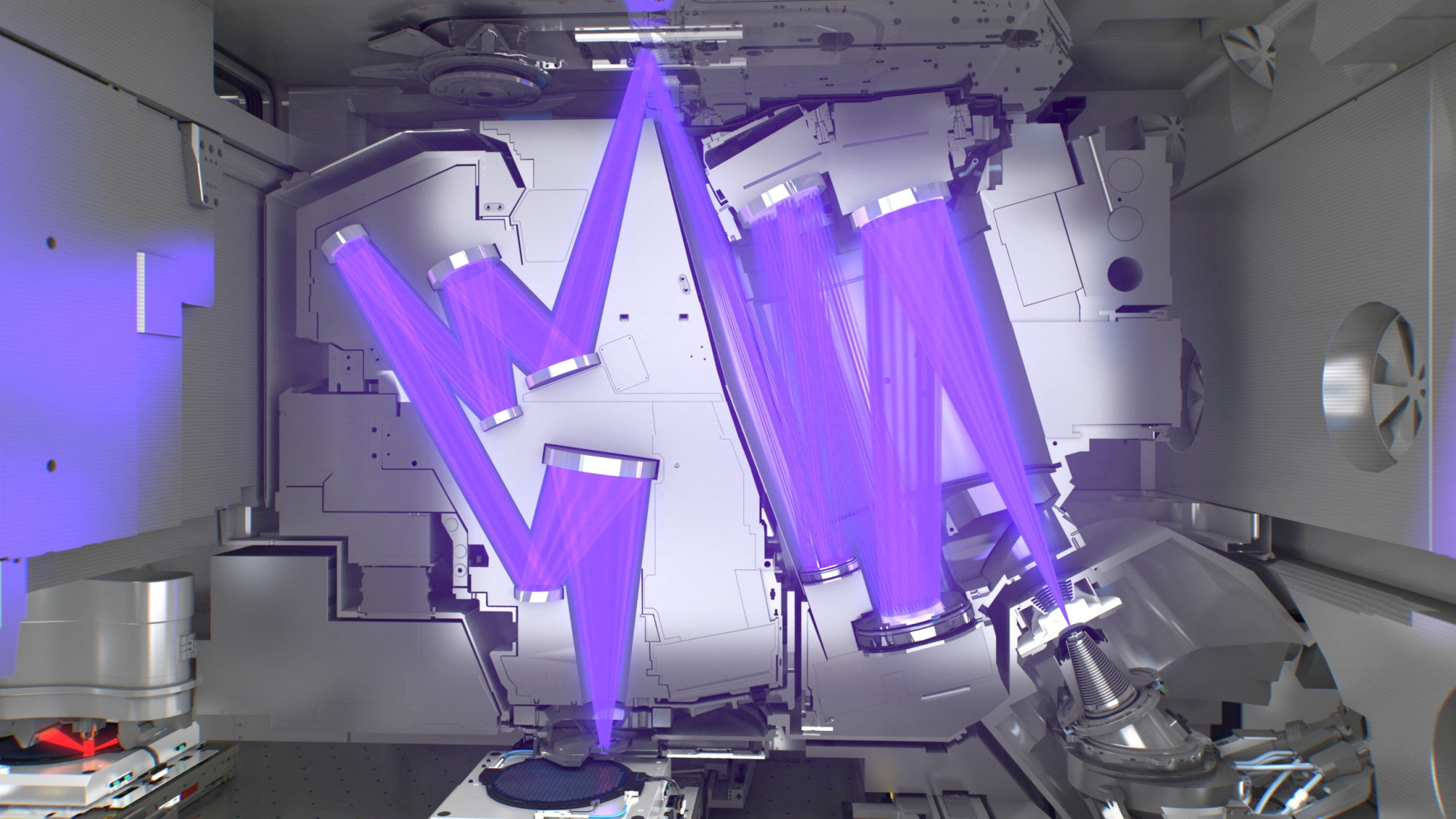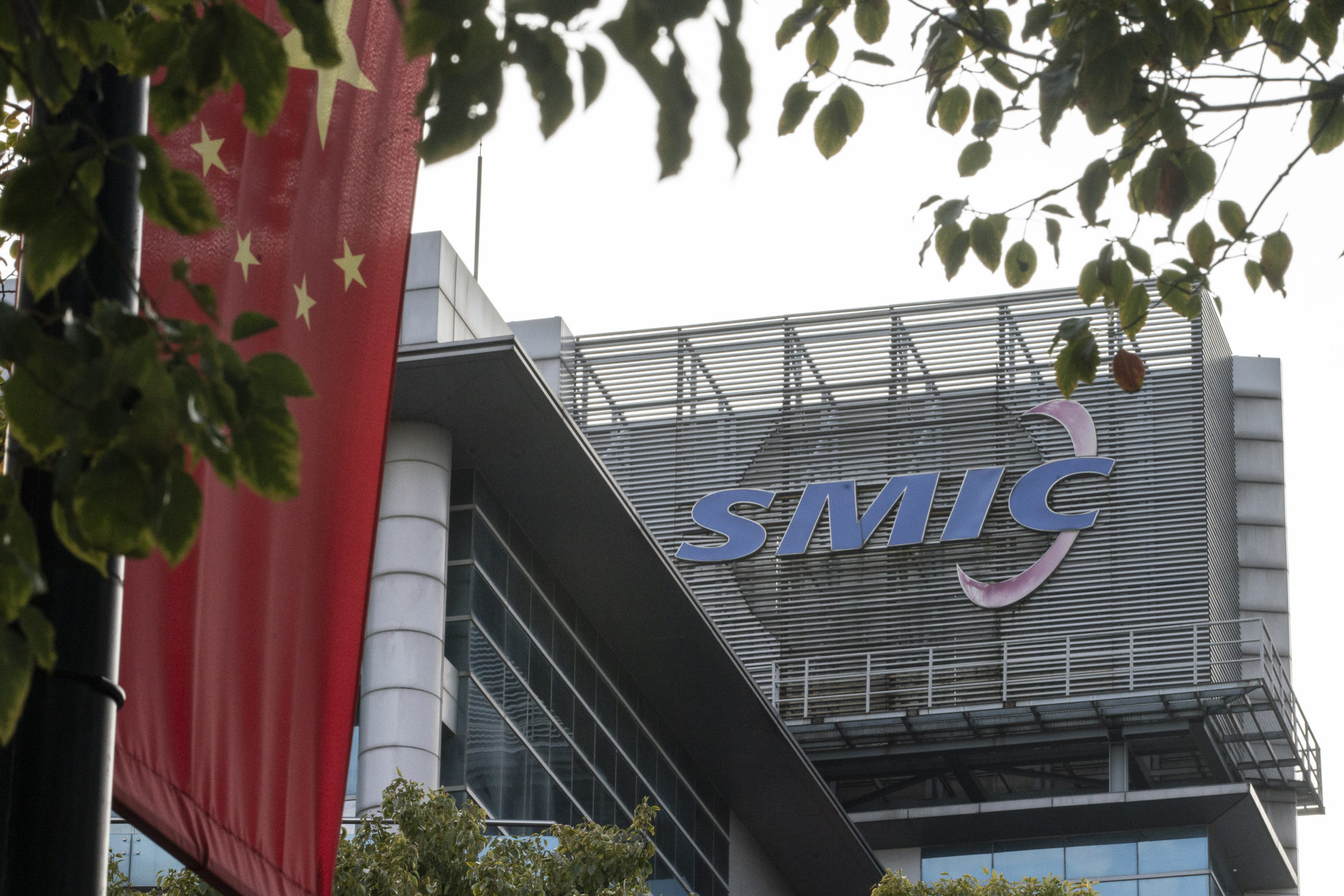
Explainer | How US-Japan-Netherlands agreement on chip export restrictions may play out in China
- Under US pressure, the Netherlands has already banned ASML’s most advanced extreme ultraviolet lithography systems from shipping to China
- Besides equipment, it is unknown whether materials such as high-end photoresists, a market dominated by Japanese suppliers, will be restricted
Japan and the Netherlands have reportedly agreed to a US request to tighten their export controls of chip manufacturing equipment and technologies to China, although Washington, Tokyo and The Hague have not disclosed details of the deal.
According to a statement from ASML, the Dutch maker of lithography systems that plays a key role in the three-party attempt to contain China’s chip ambitions, the governmental agreement is not finalised, but will cover advanced chip manufacturing technology, “including but not limited to advanced lithography tools”.
Just how the US-Japan-Netherlands agreement will impact China depends on the details, particularly whether it will cover so-called mature technology equipment that China is in great need of. Below are some general takeaways about the agreement and likely scenarios.
German firms splash out billions in Taiwan trade for ‘stable supply chain’
How significant is the US-Japan-Dutch agreement for China’s chip industry?
The impact is likely to be as significant as the unilateral export controls imposed by Washington in October.
The US intensified the magnitude of its tech export controls on China in October, further restricting China’s access to advanced chips and equipment. Under the updated export control regime, tools that enable Chinese foundries to make chips at the 14-nanometre and below node, as well as 18-nm DRAM chips and NAND flash chips of more than 128 layers, are barred from sale to China without US government approval.
Under US pressure, the Netherlands has already banned ASML’s most advanced extreme ultraviolet lithography (EUV) systems from shipping to China, making development of sub-5-nm chips almost impossible. Due to these restrictions, Chinese foundries have largely postponed, if not abandoned, development of chips below 14-nm, regardless of the US-Japan-Dutch agreement.
It is expected that some less advanced deep ultraviolet (DUV) lithography systems will be added to the banned list. For instance, ASML’s Twinscan NXT 2100i immersion DUV system, which in theory could enable 5-nm production, may be added to the export control list.
What are the key unknowns in the agreement?
It is not known if the agreement will cover DUVs that, up to now, are still able to be imported by China for chip production at the mature technology levels.
Chinese chip makers require these machines for their wafer fabs that are under-construction. Some DUVs, with enhanced processing technology, can also make advanced node chips. For example, Semiconductor Manufacturing International Corporation, China’s top foundry, was reportedly able to produce a 7-nm chip with a DUV system, but the company has never publicly confirmed it.
Besides equipment, it is unknown whether materials such as high-end photoresists, a market dominated by Japanese suppliers, will be restricted.

What are other likely scenarios?
Some advanced DUV systems may be banned from shipment to China. Under an extreme scenario, all DUV equipment could be added to the export control list, but this is less likely because of the business interests at stake and lack of credible justification for doing so.
DUV covers a wide range of technologies, including Krypton fluoride (KrF), argon fluoride (ArF) dry, and argon fluoride immersion (ArFi) lithography. KrF lithography uses light at the 248-nm wavelength while ArF uses a light source of 193-nm. Smaller wavelengths allow finer features to be carved onto silicon wafers.
“If the goal is to stop China from achieving 5-nm process technology, then ArFi shipments must be blocked,” according to an article by semiconductor analyst Dylan Patel. “If the goal is to prevent China from achieving high volume 7-nm process technology, then all tools that can achieve a 40-nm minimum metal pitch must be blocked.”
In a typical 5-nm logic process, the minimum metal pitch (MMP) is around 30-nm to 32-nm, according to a December 2019 paper by researchers at the Shanghai IC R&D Centre. A 10-nm process corresponds to a MMP of 44-nm to 48-nm, while a 7-nm process corresponds to a MMP from 36-nm to 40-nm.

What can China do to mitigate the impact of the export controls?
While Beijing has repeatedly protested against the US chip control measures, it has few options to mitigate the impact of, or retaliate against, such sanctions.
In December China filed a complaint with the WTO about the export restrictions, but as the US cited national security concerns for the move, it is less likely that the issue can be resolved under the framework of the WTO.
On the technology front, China has few options to mitigate the risks as its presence in global semiconductor value chains remains weak. China’s sole lithography systems maker Shanghai Micro Electronics Equipment (Group) Co was added to Washington’s Entity List in December, restricting its access to US technologies.
China’s official response to the recent trilateral agreement was also muted. Chinese Foreign Ministry spokesman Mao Ning said at a briefing on Monday that the US-led agreement was not only harmful to all concerned parties, but threatened the stability of the global semiconductor supply chain.
Also on Monday, Chinese Foreign Minister Qin Gang held talks over the phone with Dutch Deputy Prime Minister and Foreign Minister Wopke Hoekstra. Qin said China stands ready to strengthen cooperation with the Netherlands and “jointly maintain an open and orderly international trade environment rather than a fragmented and chaotic one”.

